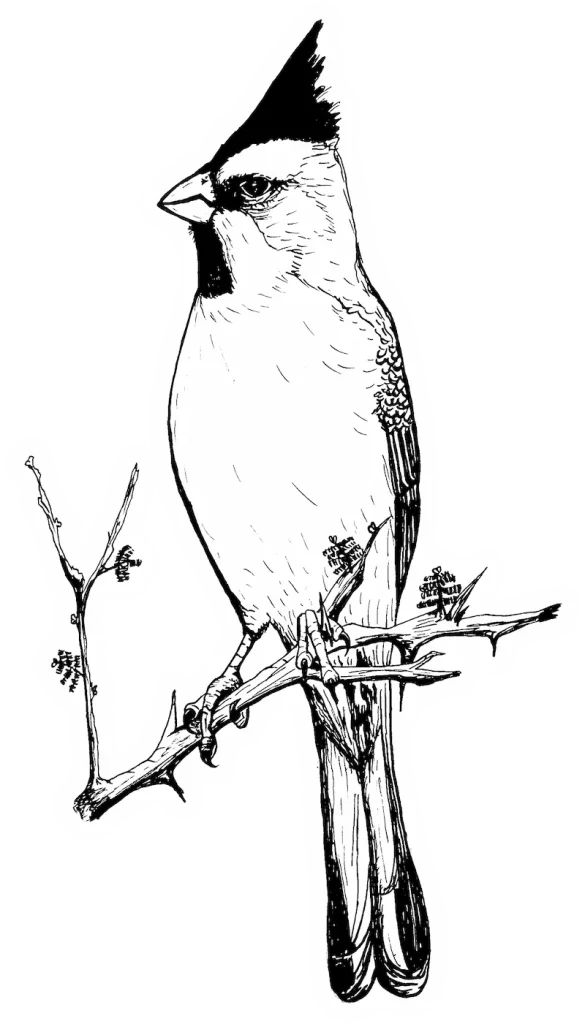Movements, migrations and mortality of swallows, with special emphasis on the genus Tachycineta
- Simposio

- Simposio
Movements, migrations and mortality of swallows, with special emphasis on the genus Tachycineta
WINKLER, D.W.
Department of Ecology and Evolutionary Biology, Cornell University, Ithaca, NY -14853- USA
dww4@cornell.edu
Swallows of the north temperate zone display a wide variety of territorial behavior during the breeding season, but as soon as breeding is over, they all appear to adopt a pattern of independent diurnal foraging interleaved with aggregation every night in dense roosts. Swallows migrate during the day, feeding on the wing, and their migrations can thus be seen as the simple spatial translation of nocturnal roost sites with foraging routes straightening out to connect them. Provided that roost sites can be reliably found, this makes swallow migration extremely flexible, and there are interesting contrasts in the biogeography and phenological flexibility of swallows compared to other passerine birds. Even within the swallows, there is considerable interspecific variability in the distances of their annual migrations, and we are only just beginning to understand the biological causes and consequences of this variation. The profusion of Doppler weather radar stations in the eastern U.S. has allowed us to characterize in considerable detail the distributions of Tree Swallows (Tachycineta bicolor) throughout the non-breeding season. Evaluating the relative roles of movements and mortality in creating these patterns remains an important challenge for further research. Regardless, this work raises questions about the non-breeding movements of other Tachycineta species and places great importance on the development of new tools to study the movements of small passerines throughout their annual cycles.
Cita sugerida:
- WINKLER, D.W.
- (2005)
- Simposio.
- XI RAO
- (página 35 pdf)
Derechos de autor:
Esta obra está bajo una licencia Creative Commons Atribución-NoComercial (CC BY-NC).
